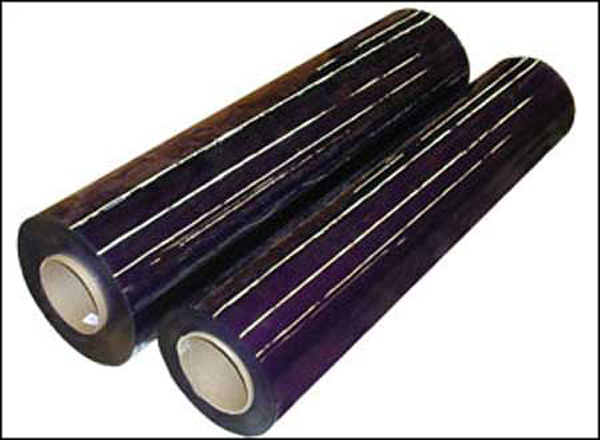

If you use pop-rivets get the ones with the built in washer style head. Test a small area first, as what is enough will depend on whether the product is being used vertically, horizontally & the spacing between framing etc. However for those unconventional applications when it will be seen, it can be painted, first with an undercoat of universal primer then with a finishing coat of whatever paint is chosen as a finish.įlexible Noise Barrier is relatively soft & flexible, it's possible that if insufficient screws or staples are used it could tear due to it's weight, so be sure to use enough. It is easily scuffed & being black will quickly show up dirt. generators, machine housings, the floor of cars, trucks, buses, boats engine compartments, pool pumps etc.įlexible Noise Barrier is not sold for its goods looks, it's normally used where it's not seen. It's a good idea to cover the floor with Medici Cork Acoustic Underlay before laying the final floor finish, this will help to isolate from structural vibration caused by footsteps, movement of furniture etc.įlexible Noise Barrier can also be used for the soundproofing of many other noise problems e.g. The same principle will apply if there is already an existing shutterply or pine floor.
Mass loaded vinyl noise barrier install#
When there is already an existing ceiling in place, install a layer of Flexible Noise Barrier with overlapping joins followed by 1 layer (63 mm thick) MEDICI Acoustic flexible mineral glass wool roll.įirst apply Iso tape to all your beams, screw a layer of 15mm thick Gyproc Sounbloc to the beams, then loose lay Flexible Noise barrier over the floor, followed by another layer of 15mm thick Gyproc Soundbloc. Once the sealant is dry, follow with skimming, priming & painting to finish. Then caulk the gaps in the corners closed, with acoustic sealant. When installing a new ceiling, first fix a layer of Flexible Noise Barrier underneath the timber framing with drywall screws or a staple gun, then fix a layer of Gyproc Soundbloc in place, 15mm is often the thickness of choice (the thicker & heavier the better). the same approach can be followed on both sides of the drywall, for a broad frequency soundproofing solution. (It's best to request a member of our team to advise you on all aspects of soundproofing, as sound can take multiple paths)įor installations such as recording studios, post production & home theatre rooms etc. A single layer of 15mm Gyproc Soundbloc & Flexible noise Barrier will provide suitable levels of confidentiality & prevent the details of private conversations being overheard. This is a perfect solution for the soundproofing of the drywalls in offices, boardrooms & video conferencing rooms. You've only added 18mm to the wall thickness inside the room, which is small enough, to never even be noticed.


Don't forget to caulk the gaps in the corners closed with acoustic sealant. In this instance, add a layer of Flexible Noise Barrier to the drywall & then add a layer of 15mm thick Gyproc Soundbloc which can then be skimmed, primed & painted to the desired finish. We frequently use the product to acoustically treat existing drywalls. By introducing flexible noise barrier into the structure the resonant frequency is altered which mean the structure is therefore able to offer soundproofing over a broader frequency band.įlexible Noise Barrier converts audible sound energy into inaudible, trace amounts of heat.įlexible Noise Barrier is designed to be used inside a structure, to increase the overall sound transmission loss of the structure, for example:įlexible Noise Barrier can be used on one side of the stud & track or on both sides of the stud & track for even higher sound isolation. simply adding another gypsum board to a drywall. This becomes problematic when adding further mass of the same type to the structure e.g. A rigid product will conduct resonance more readily than flexible noise barrier.ģ) All structures have an inherent resonant frequency. However not all mass is created equal & this leads to second point.Ģ) The second manner by which Flexible Noise Barrier works is due to the limp, flexible nature of it's structure which makes it very inefficient at conducting sound, this makes it ideal for soundproofing. Adding mass to a lightweight building structure is very beneficial in attenuating sound. shutterply, OSB, MDF, timber planks, gypsum board, cement fibre boards or any other such boards and even sheet metal.
Mass loaded vinyl noise barrier full#
We sell cut lengths or full rolls as requiredĪcoustic rating: (Sound Blocking): STC (Sound Transmission Class) 60ġ) adds mass to a lightweight building structure such as a walls, floor & ceilings made from timber e.g.


 0 kommentar(er)
0 kommentar(er)
